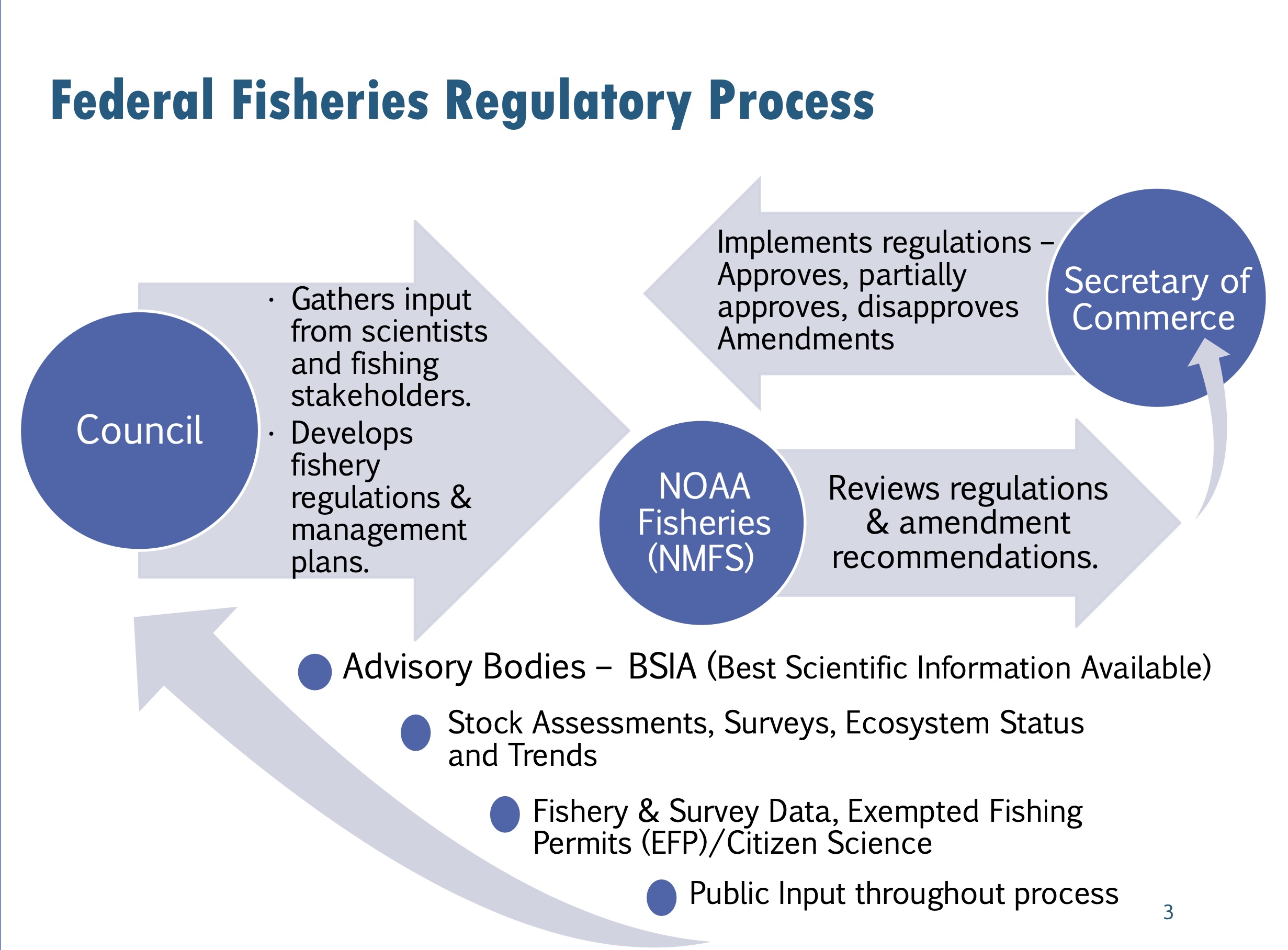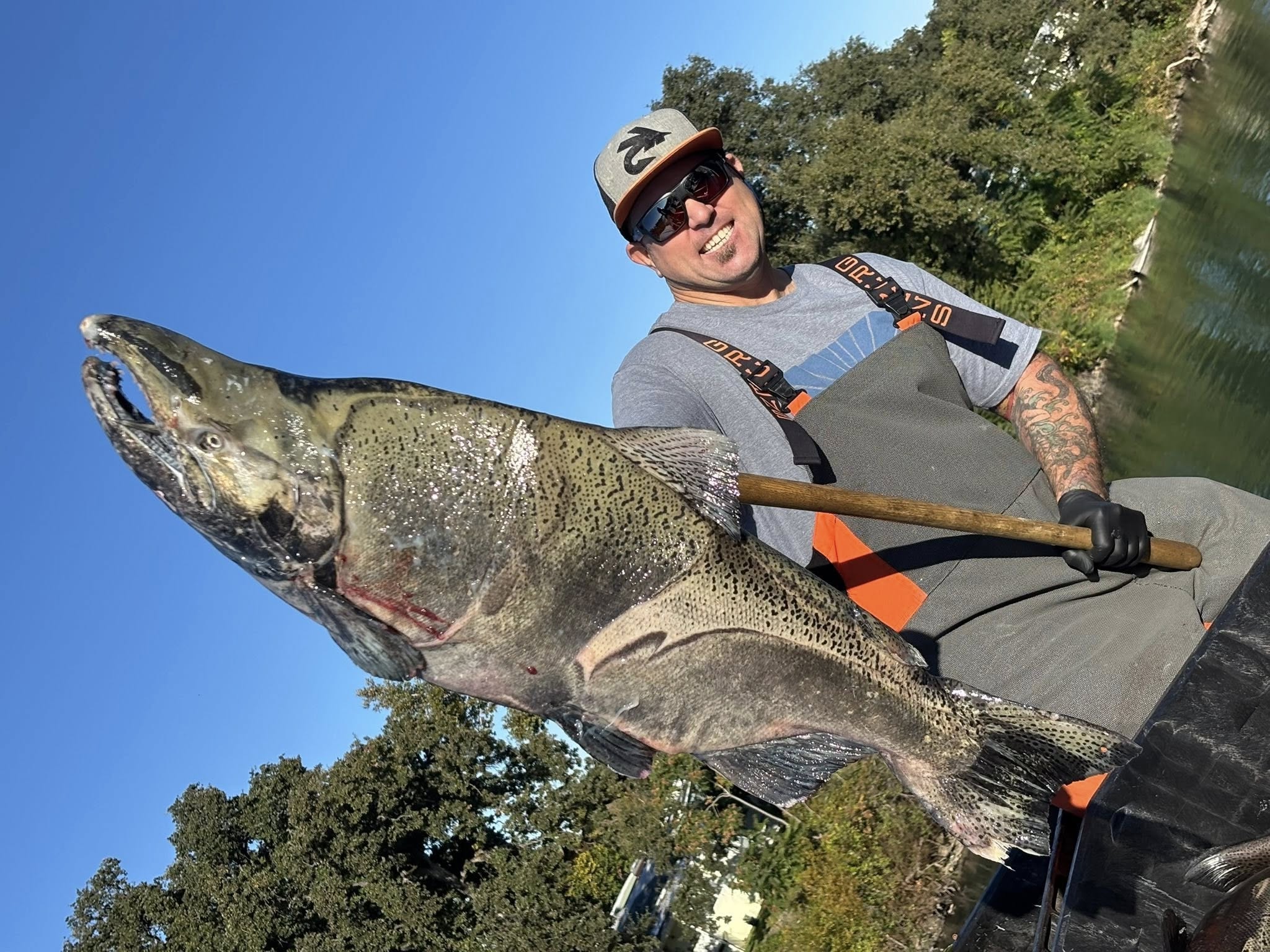American Sportfishing Association weighs in on White Sturgeon listing
October 30, 2024
California Fish and Game Commission P.O. Box 944209
Sacramento, CA 94244-2090
Subject: Objection to the Petition for Listing White Sturgeon under the California Endangered Species Act
Dear Commissioners,
Thank you for the opportunity to comment on the petition to list the white sturgeon (Acipenser transmontanus) under the California Endangered Species Act (CESA). As the trade association representing the nation’s recreational fishing industry, the American Sportfishing Association (ASA) provides the industry a unified voice when emerging laws and policies could significantly affect business or sportfishing itself. While we recognize the importance of white sturgeon conservation and believe additional measures are needed, we believe sustainable white sturgeon management can and should be achieved without a CESA listing at this time.
Sportfishing in California is vital to the economic, social, and cultural wellbeing of the State. The economic benefit to California from recreational fishing is approximately $6.2 billion dollars annually1. Recreational fishing also supports over 43,000 jobs across the State. Estimating the economic benefits of recreational white sturgeon fishing is difficult but California Department of Fish and Wildlife (CDFW) sells between 35,000 and 115,000 catch cards (required to fish for white sturgeon) annually. Assuming every angler who purchased a sturgeon card fished at least one day per year and based on NOAA Fisheries’ estimate2 that guided anglers spend on average $330/day, the economic benefit from California’s recreational sturgeon fishery is estimated at $11.5 – $38 million annually.
The white sturgeon population in California, particularly within the Sacramento-San Joaquin River system, has experienced fluctuations. However, it is essential to recognize that sturgeon populations are characterized by long life spans, delayed maturity, and episodic recruitment events, which make short-term population trends difficult to interpret. While white sturgeon lack a robust population assessment, current available data indicate overfishing is not occurring.
The estimates include wide standard errors, but the trend in recent years, using these data, indicates that the abundance of harvestable length sturgeon is increasing.
For decades, CDFW has managed white sturgeon under relatively liberal bag limits and long seasons. As recently as 2020, seasons were open year-round with a one fish between 40-60 inches per day/3 per year bag limit. The approach resulted in annual exploitation rates of between 8% and 29% from 2007 to 20153. Experts recommend the annual harvest rate of sturgeon should not exceed 5–10%4 and in Washington and Oregon managers set the sustainable exploitation rate at 3.8%.
Researchers also point toward habitat degradation as contributing to the declines of white sturgeon in California. In 2022, a harmful algal bloom, which was caused in part by increased nutrient runoff and low water flows, resulted in significant mortality. White sturgeon can also exhibit poor or infrequent recruitment during low flow episodes. In California many of the environmental factors that negatively impact salmon and sturgeon are the results of policies that prioritize water for agriculture over the environment.
Although there is a consensus that white sturgeon abundance throughout their historical range is in decline, the declines in California are primarily the result of inadequate fisheries management, resource allocation and policies that impact the quality and quantity of water. Rather than invoking the full protection of CESA, which may impose overly restrictive regulations without addressing the root causes of population fluctuations, alternative measures should be prioritized. These include:
- Expansion of monitoring efforts to track recruitment success over longer timeframes, providing more accurate data for decision-making.
- Allocate additional resources toward the mark-recapture population estimates so managers can confidently set regulations to achieve exploitation rates that do not exceed 3.8%.
- Implement a program to quantify white sturgeon mortalities associated with California State Water Resources Control Board activities (entrainment).
- Develop water policies that prioritize the needs of fish.While the conservation of white sturgeon is undoubtedly important, listing the species under the California Endangered Species Act at this time is not warranted based on current data. We respectfully encourage CDFW to reconsider the petition and focus on adaptive, science-based management that addresses specific challenges facing the species without the need for formal ESA protections.
Sincerely,
Larry Phillips
Pacific Fisheries Policy Director American Sportfishing Association - Download the PDF of the letter, click here.









